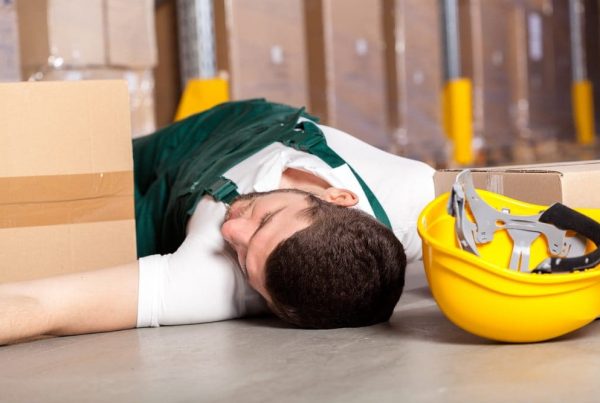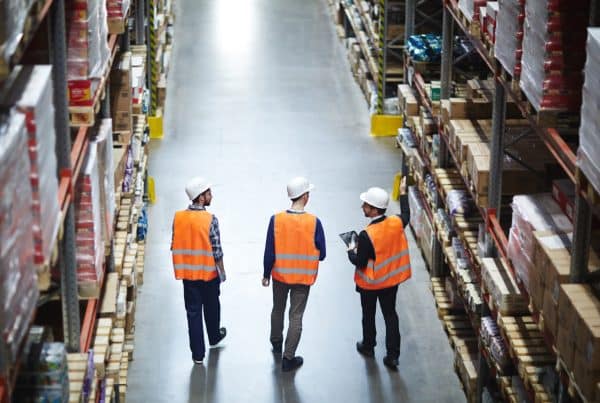
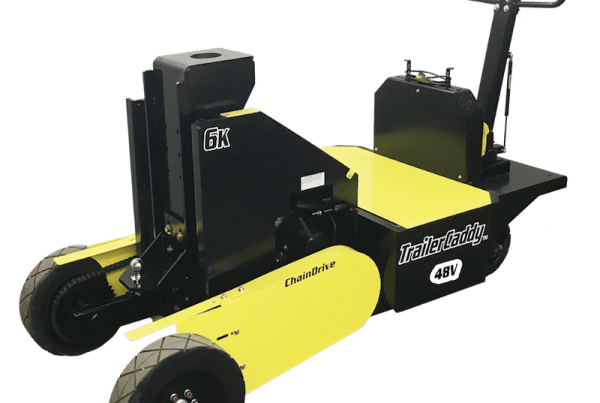
November 22, 2022
5 Common Warehouse Injuries and How to Prevent Them
Power Trailer Dolly for Heavy Loads For warehouse workers, holiday shopping translates to increased business…

September 27, 2022
Improve Staff Scheduling for Distribution Center Efficiency
Warehouse Scheduling Tips While state-of-the-art equipment like our trailer dolly helps to maximize productivity, the greatest asset…

March 26, 2019
New Smart Warehouse Technologies to Embrace in 2019
New Smart Technologies to Embrace Technology has made devices such as phones "smart," and now…

January 16, 2019
How “The Airbnb of Warehouses” Is Revolutionizing E-Commerce
The boom in e-commerce has challenged retailers, who have limited warehouse space. A company dubbed…
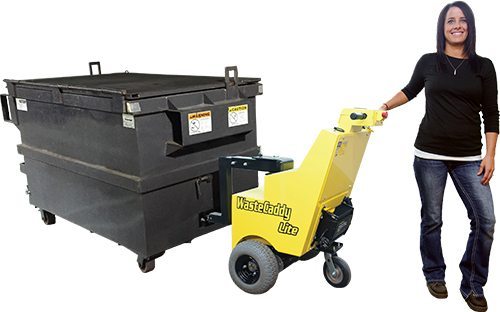
January 14, 2019
Is It Best to Push or Pull a Heavy Dumpster?
DJ Products' Dumpster Caddy Reduces Workplace Injuries Deciding whether to push or pull a loaded…

January 14, 2019
Maintenance Staff Injury Prevention Starts with a Waste Caddy
Injuries can Occur from Pushing or Pulling Heavy Dumpsters. Janitors and maintenance teams have enough…
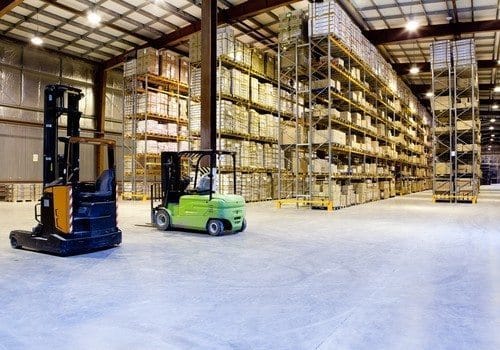
January 14, 2019
Warehouse Workers Adapt to New Roles as Robots Move In
Robots Are Changing Warehouse Staffing and Management Techniques Amazon is unquestionably an industry leader. The…

January 21, 2018
Projected Rise in Global Ecommerce Impacts Warehouses
Turn to DJ Products for a material handling equipment supplier that can help you maximize…

December 23, 2017
How to Build a Culture Focused on Safety in Your Warehouse
Movers and Tuggers for Warehouses Keep Employees from Injury and Improve Safety Have you integrated…

December 14, 2017
Warehouse Management And Productivity Tips Part Two
Our Productivity and Management Tips for Warehouse Managers DJ Products is more than just your…

December 11, 2017
Warehouse Management And Productivity Tips – Part One
Use Our Tips to Increase Warehouse Productivity Warehouse managers understand the importance of having quality…
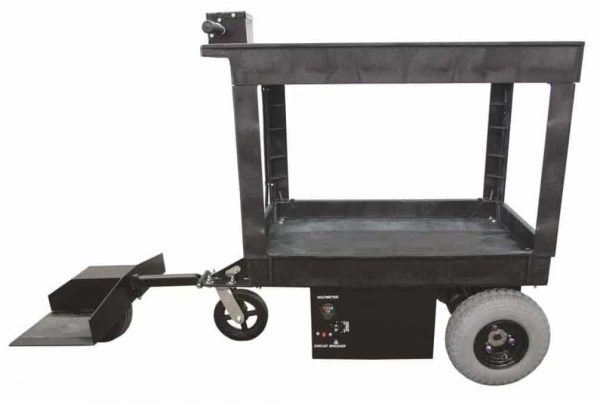
November 3, 2017
Introducing the New ToolCaddy Tool Cart Mover
DJ Products Introduces the Tool Cart Caddy You can only do the job with the…

September 27, 2017
Warehouse Ergonomics Reduce Worker Injuries
Warehouse Ergonomics Reduce Worker Injuries Warehousing and storage may not sound like a particularly risky…

September 24, 2017
Don’t Pull, Push Heavy Dumpsters
Safety Is Key. Always Know Your Company's Protocol. Have you ever seen someone step in…

September 24, 2017
Tips for Keeping Your Dumpster Clean and Pest-Free
It's Natural for Trash to Smell. We Have Some Tips to Protect Against the Pests…

September 5, 2017
The Trouble with Trash!
On Top of Being a Hygiene Issue, Overflowing Trash Can Cause Environmental Repercussions. If your…

July 4, 2017
What Isn’t Safe to Throw Away in Your Dumpster?
What Isn't Safe to Throw Away in Your Dumpster? Some things shouldn’t be thrown away…



